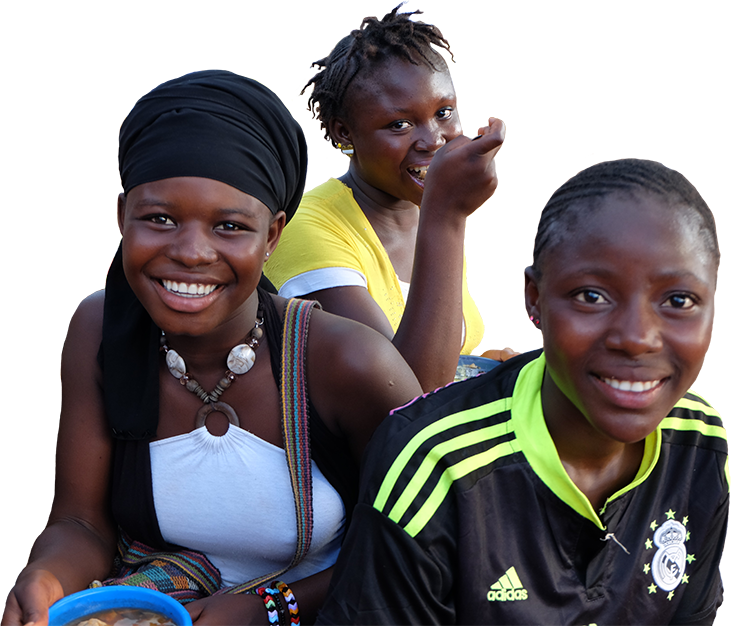Nutrition services typically do not prioritize adolescents and adolescent-friendly health services rarely include nutrition. Nutrition services need to be responsive to adolescents’ unique needs and priorities and address the barriers they face in accessing services. Programs must consider the diversity of adolescents’ situations and experiences, as well as the varied social norms and expectations of adolescents in the family and community. The Adolescent Nutrition Resource Bank includes guidelines and tools used in nutrition services for adolescents.If you have relevant service delivery documents or tools, please send them to info@advancingnutrition.org.
We found 136 resource(s)
Partnering with UNFPA to Integrate Iron and Folic Acid into Reproductive Health Services for Women and Adolescent girls in Senegal
Brief published by Nutrition International in
This webpage details the success of the Nutrition Leverage and Influence for Transformation program in integrating nutrition counseling into sexual and reproductive health programs to increase the knowledge and awareness of iron-folic acid supplementation and healthy diet among adolescent girls, women of reproductive age, and healthcare workers in…
Atlas of Staple Foods in Cameroon
Guideline/Guidance published by RSD Institute in
This atlas provides an extensive list of the staple foods and drinks available in Cameroon, categorized by major food group. It provides brief information on each item, its use in Cameroon, and details on its caloric and macronutrient content in its various forms and commonly derived meals (e.g., raw, boiled, and porridge bananas).
Perspective: Interventions to Improve the Diets of Children and Adolescents
Journal Article published by Global Food Security in
This article uses the determinants of the Innocenti Framework on Food Systems for Children and Adolescents (food supply chains; food environments; and behaviors of caregivers, children, and adolescents) to describe the significance of a food systems approach to improve child and adolescent diets. The authors organize their interventions according…
Defining Healthy and Sustainable Diets for Infants, Children and Adolescents
Journal Article published by Global Food Security in
This article provides an overview of nutrition recommendations for dietary intakes necessary to support normal growth and development of children from birth to 18 years. It identifies gaps in defining optimal intakes for children and youth in various geographical areas. It emphasizes the need for governments and donors to conduct more research and…
Our First Baby: Health Education for Adolescents Who Are Pregnant Or First-Time Parents
Training Material published by Save the Children in
This Facilitator's Guide outlines nine small group sessions for pregnant adolescents and adolescents who are first-time mothers and their male partners. The sessions address such issues as the care of the mother during pregnancy, exclusive breastfeeding, sexually transmitted infections, and gender-based violence.
Standards for Improving the Quality of Care for Children and Young Adolescents in Health Facilities
Guideline/Guidance published by WHO in
These standards provide guidance to health care facilities for improving the quality of maternal, newborn, child, and adolescent health care. The guidance is designed to ensure that the care given to all children and adolescents in health facilities is evidence-based, safe, effective, timely, efficient, equitable,. and appropriate for the patient…
Adolescent Girls' Nutritional Status and Knowledge, Beliefs, Practices, and Access to Services: An Assessment to Guide Intervention Design in Nepal
Journal Article published by Current Developments in Nutrition in
This study was conducted to support the design of an evidence-based adolescent nutrition program in Nepal (Suaahara.) The study found that exposure, knowledge, and behaviors across thematic areas differed by stage of adolescence. It concluded that heterogeneity among adolescent girls should be considered when selecting interventions that have the…
Teen Talk: A Guide for Positive Living
Guideline/Guidance published by USAID in
This resource is a guide for positive living for adolescents living with HIV. The nutrition topics addressed include diet, quantity and quality of foods, junk food, and vitamins and minerals.



